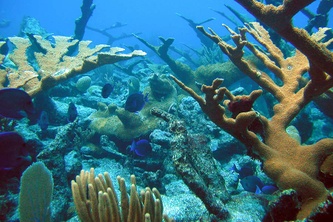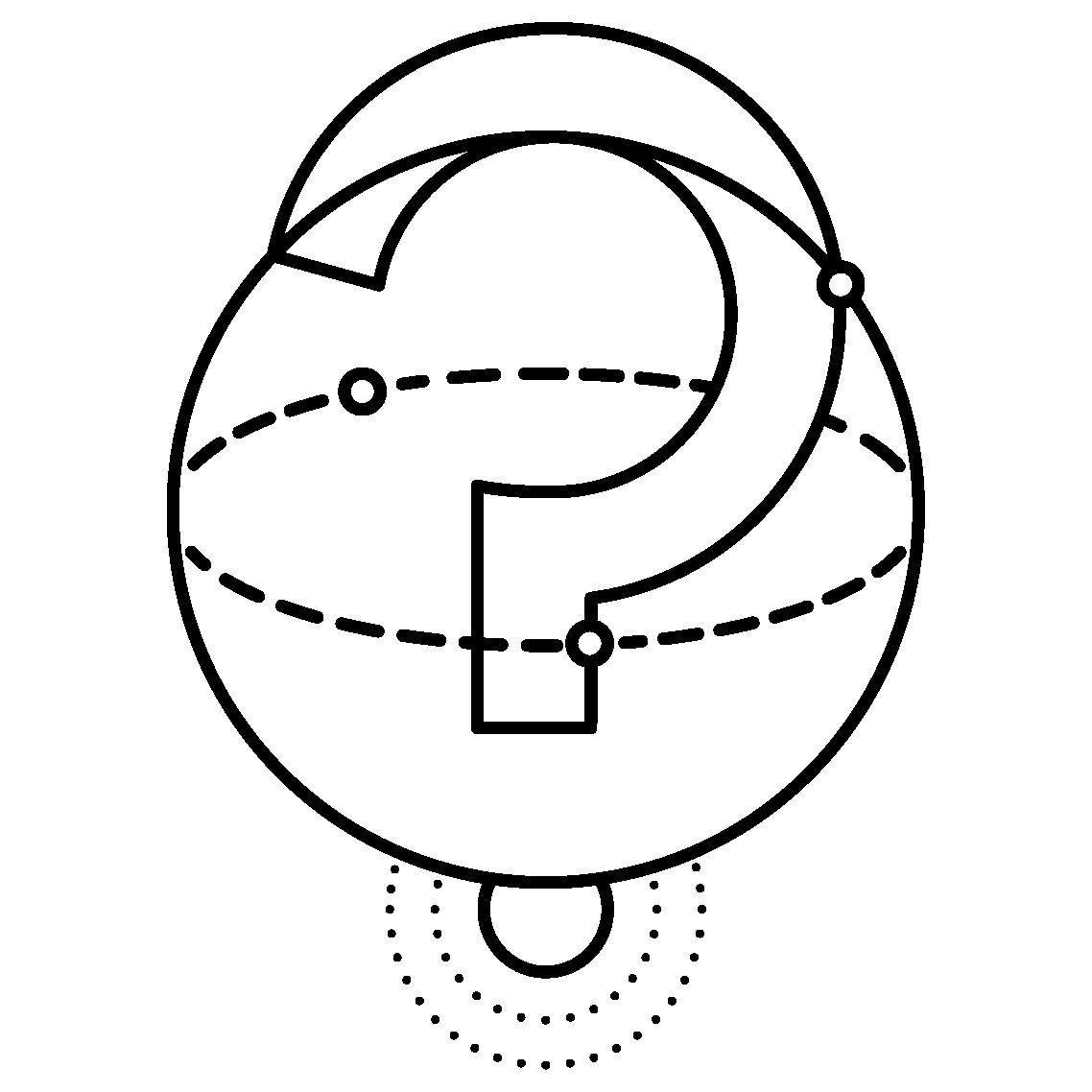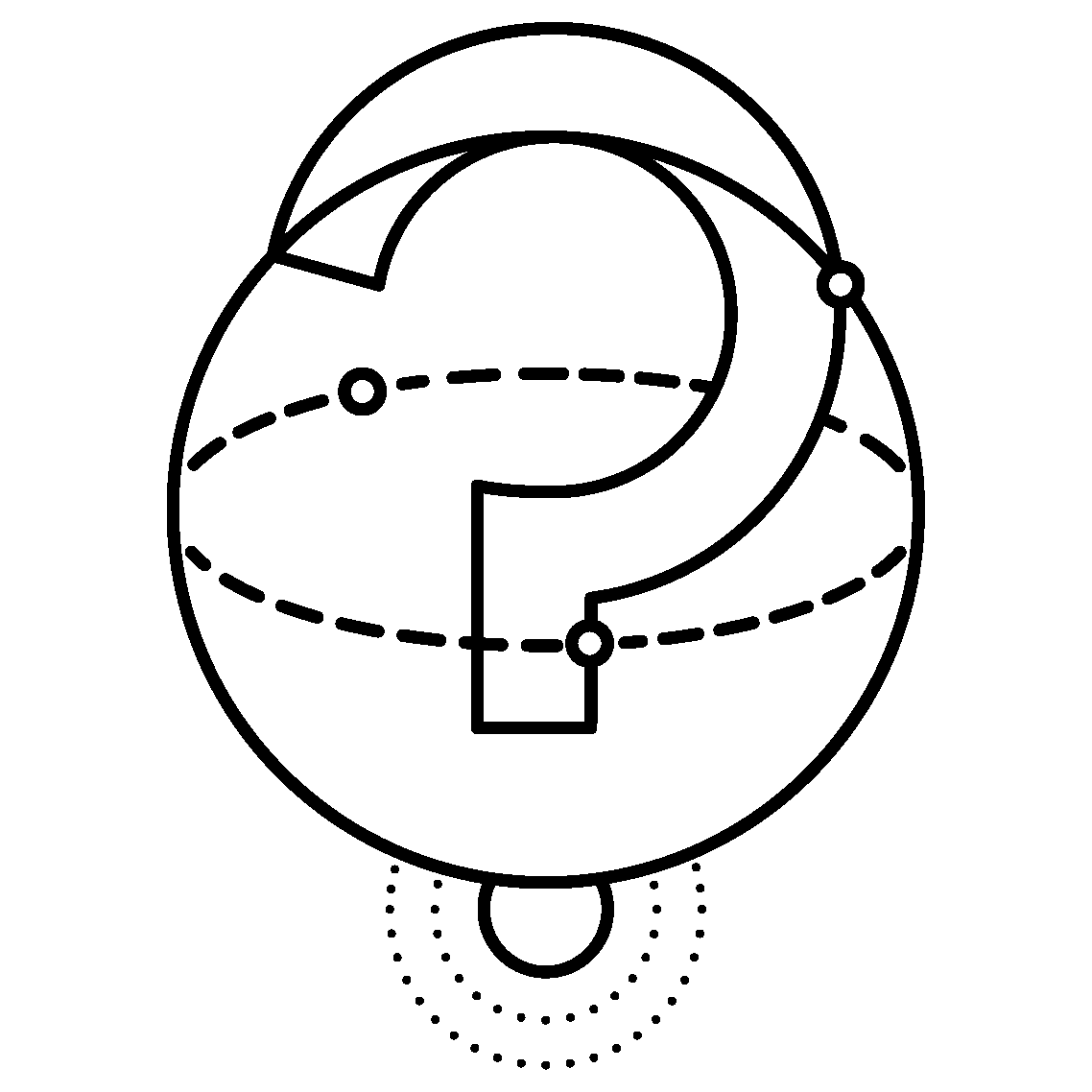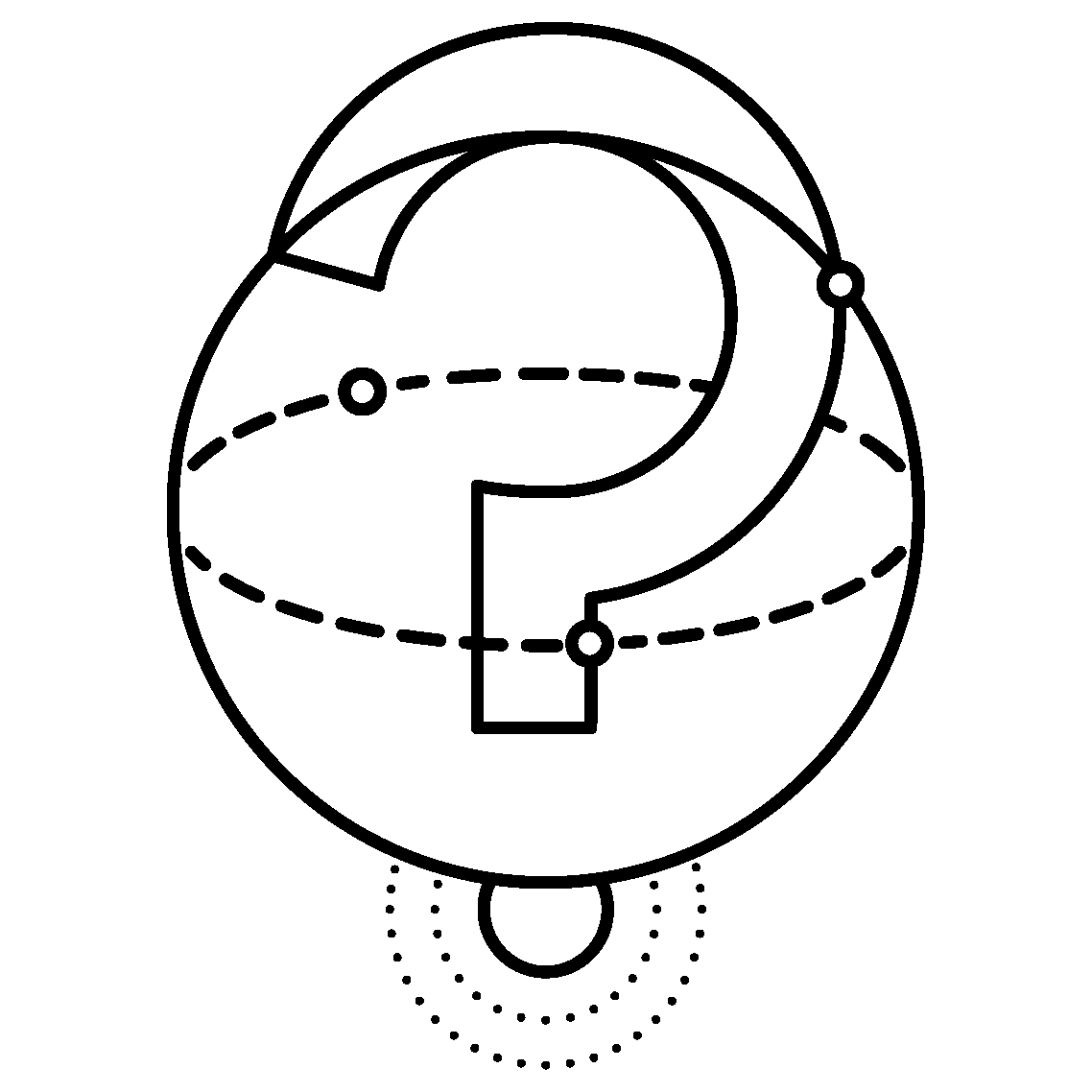Info Desk
On this Info Desk you will find various informative pages of the Potsdam Institute for Climate Impact Research on selected topics and further links.
Climate tipping elements are critical, large-scale components of the Earth system, which are characterized by a threshold behaviour. Here we summarize the current state of research.
Read More
Answers to some frequently asked questions about Planetary Boundaries – intended as a quick guide for orientation, covering key terms and concepts.
Read More
Every year, scientists publish a multitude of new and further-reaching findings on the complex interrelationships between climate, weather and biosphere. The 10 New Insights in Climate Science summarize the latest and most essential scientific findings.
Read More
Long-term forecast of the onset and withdrawal of the Indian Summer Monsoon for the central part of India.
Read More
A collection of external links for basic knowledge, frequently asked questions and educational offers/materials on the subject of climate and climate change.
Read More












